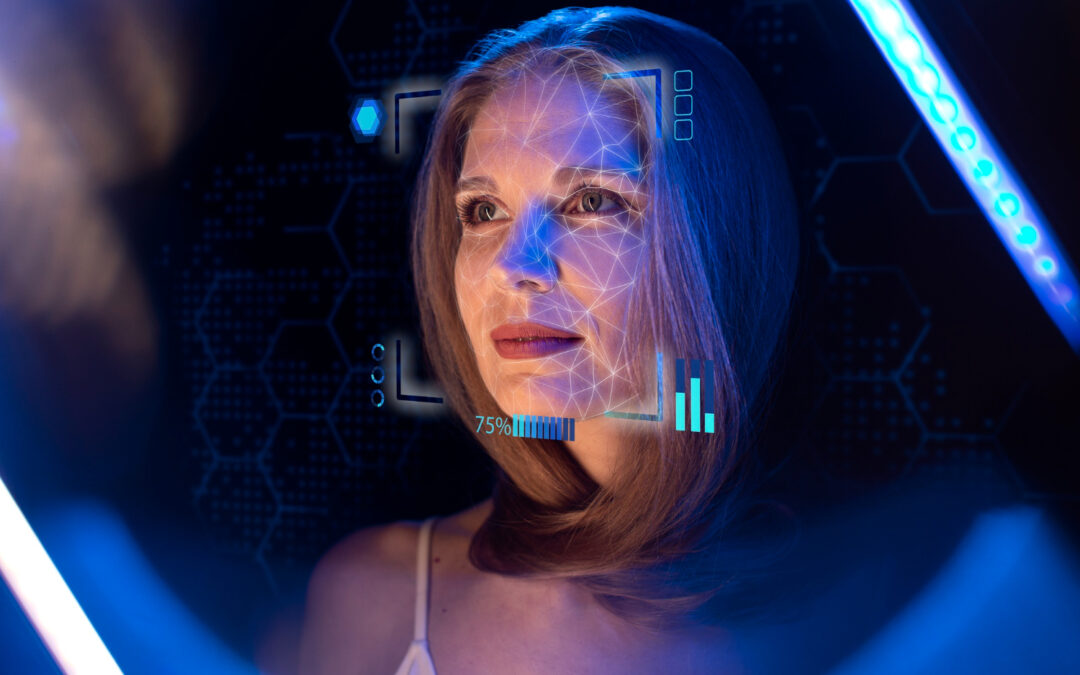Imagine that one day you wake up to find a video of your favorite celebrity discriminating against the racial minority to which you belong, speaking badly of the religion you profess, or simply going against your belief system.
Since we know this won’t happen, as this hypothetical celebrity could be canceled immediately, this is something we could attribute to deepfake.
From videos of world leaders to generated images of people who never existed, this technology has unleashed a whirlwind of possibilities. Are you worried about what deepfake could cause in the near future?
Find out what deepfake is and how it works. From its beginnings as a technological curiosity to its growing role in online misinformation and fraud, learn about this fascinating but dangerous digital tool.
What is deepfake?
The term “deepfake” is the fusion of the terms “deep learning” and “fake” and is an advanced artificial intelligence technique that allows the creation of high-quality fake multimedia content, such as videos, images or audios.
In these media, a person appears to be doing or saying something that they have not actually done. Essentially, deepfake is a form of digital manipulation that uses deep learning algorithms to generate highly realistic synthetic content.
Initially, the term “deepfake” was associated with manipulating videos to create fake content, but with the advancement of technology, it is now also applied to generated images and audios.
Examples of Deepfakes
Here are some prominent examples of how this technology has been used:
- Obama/Jordan Peele video: One of the most famous deepfakes was a video posted by Buzzfeed in April 2018. A synthetic model of Barack Obama was used while comedian Jordan Peele imitated his voice.
- Face swapping apps: The Reface app uses deepfake technology to overlay the user’s face on popular video clips, which has spawned viral content on social media.
- Creating Synthetic Voices: There are algorithms that mimic a person’s voice with great accuracy. This raises concerns about the potential for audio deepfakes to trick people with fake phone calls or manipulated voice messages.
How does Deepfake work?
Deepfakes are products of artificial intelligence, specifically deep learning and generative adversarial networks (GANs), that mimic a person’s appearance and sound through a process of analysis and data generation.
This involves training models with large volumes of information to capture facial and vocal features. These models then generate fake content that can be distributed online for a variety of purposes, from entertainment to misinformation to fraud.
The increasing availability of tools to create deepfakes presents challenges in terms of detecting and mitigating their negative impact.
Risks and dangers of Deepfake
Deepfakes present a number of risks and dangers, both on an individual and societal level. Here are some of the main ones:
Fraud and manipulation
Deepfakes can be used to carry out fraud and manipulation in a variety of ways.
For example, they can be used to create fake videos of influencers or political leaders saying or doing things they never did, which can have serious consequences on public opinion and decision-making.
Disinformation and propaganda
Deepfakes can be used to create and spread false information, with the aim of misinforming the population or influencing political and social events.
This can undermine trust in the media and democratic institutions, contributing to polarization and social discord.
Harassment and extortion
Deepfakes can be used to harass, intimidate, or extort money, especially if they are used to create sexually explicit or compromising content.
This could have a devastating impact on the personal and professional lives of the victims, leading to mental and emotional health problems.
Impersonation
Deepfakes can be used to impersonate a person, facilitating identity theft, financial fraud, and other cybercrimes.
This can have serious consequences for people’s security and privacy, as well as trust in online transactions.
Tampering with evidence
Deepfakes can be used to manipulate evidence in legal cases, which could undermine the justice system and lead to injustices or miscarriages of justice.
For example, they can be used to fabricate evidence in civil or criminal trials, or to discredit witnesses and victims.
How to detect a Deepfake?
Spotting a deepfake can be challenging, but there are a few key signs that can help identify them:
- Visual abnormalities: Pay attention to any visual abnormalities in the video or image, such as lack of lip sync, jagged shadows, or unrealistic details in the skin or hair.
- Inconsistencies in human behavior: Deepfakes often have errors in human behavior, such as irregular blinks, unnatural facial movements, or facial expressions that are inappropriate for context.
- Source verification: Try to verify the source of the content to make sure it hasn’t been tampered with or altered. Look for additional information about the origin of the video or image and compare it with other reliable sources.
- Context review: Analyze the context in which the content is presented and assess whether it is consistent with the known situation and circumstances. If something seems out of place or unlikely, you may be watching a deepfake.
- Using Detection Tools: Use tools available online to analyze content and look for signs of manipulation. These tools can use advanced algorithms to identify subtle clues of counterfeiting.
Deepfake: Useful Technology or Threat?
Deepfakes pose a growing threat in the digital world, but with a little attention and caution, it is possible to detect and protect against them.
You should be informed about this technology and its risks, and take action against its misuse. Being alert and using the tools available reduces the risks associated with deepfakes, so that you maintain trust in the digital world.
Want to know more about AI? Visit our Artificial Intelligence page and make the most of it.
This post is also available in: Español Français Русский Italiano
